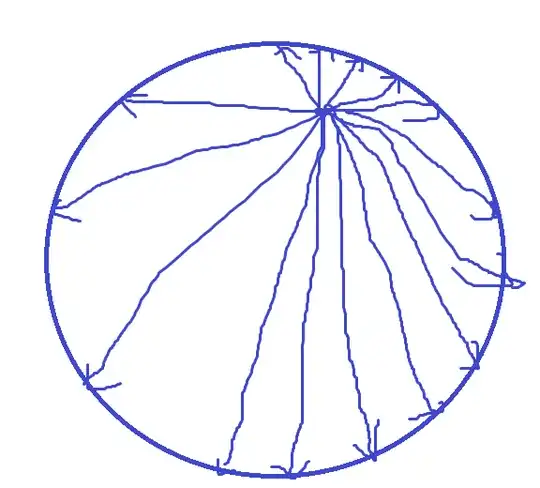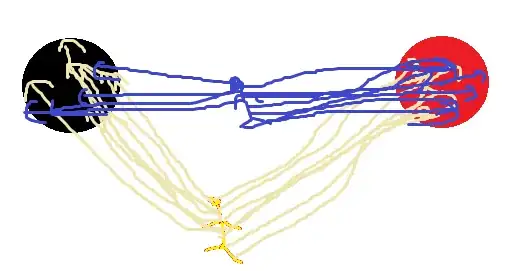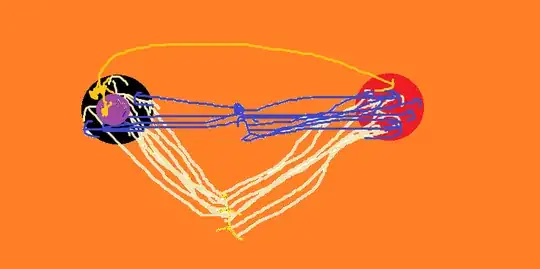so I had my first approximation to the gravity equation
\begin{equation}
F=GmM/r^2
\end{equation}
and some questions arose that my teacher couldnt respond:
if r approximates to 0 with mM being constant, then the force should tend to infinity, right? so that being true, then if we would travel to the center of the earth, we would be crushed by gravity? if so, how can there be anything right in the center of the earth? wouldnt anything there be compressed and destroyed by the infinite force?
having that in mind, my next question is as gravity force is measured from the center of an object, any part of the same object which is not at the center would be affected by the same object's gravity? if so, how can we differentiate between two objects that are not in a vacuum? my question originated thinking in us standing on the earth, in contact with it, are we, in a gravitational sense, one object? this lead to the last question, if gravity is a property of matter, then how applying the same logic as before, how does it work between two neutrons?(chose neutrons because i assumed it would be more difficult obtaining gravitational force if there was electrostatic forces from charges inbetween) do two newtrons in contact count as 1 gravitational object? and how thats its own gravity affect the newtron from center and out?



